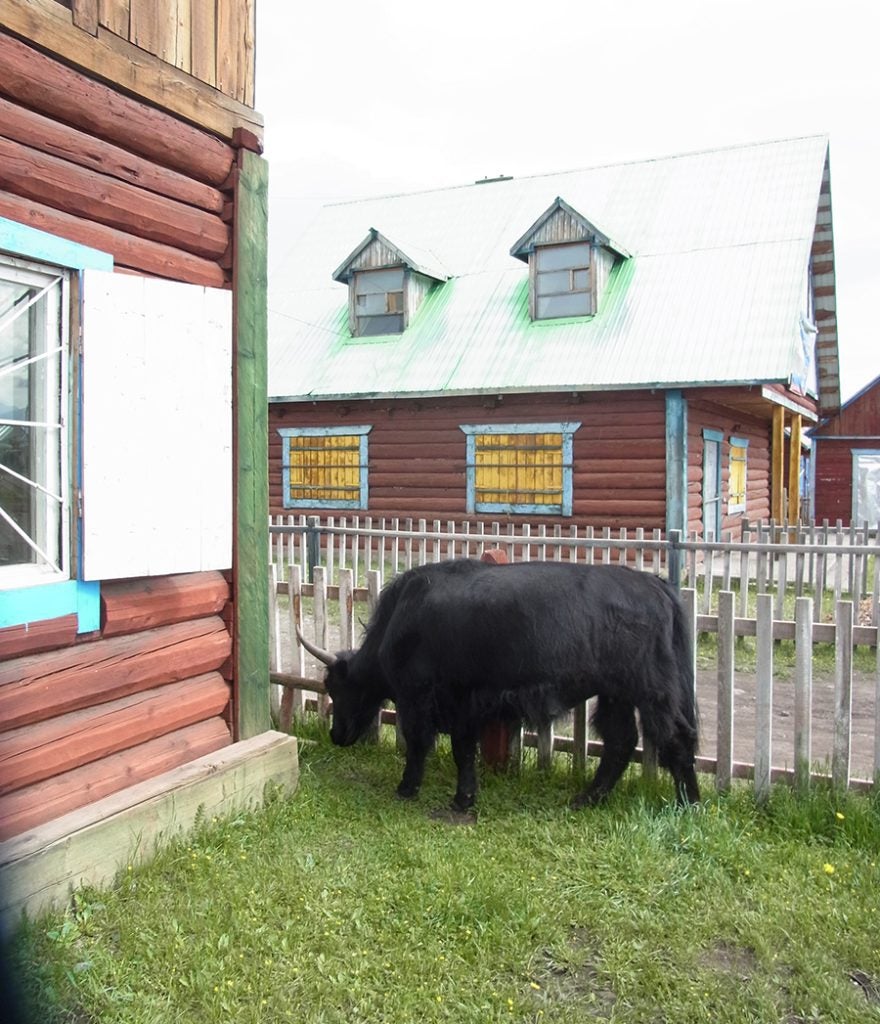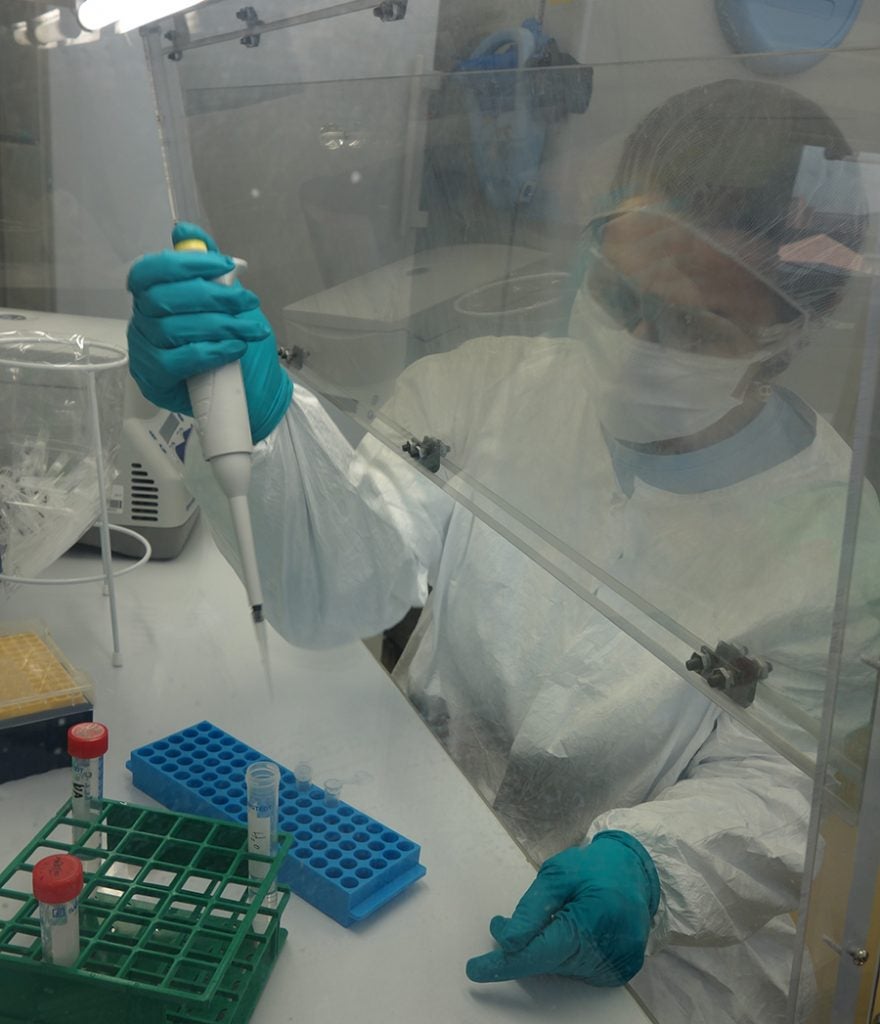


The goal of our work is to use interdisciplinary methods including isotopes, proteomics, and ancient DNA to provide nuanced answers to longstanding questions about the past:
- How do societies change after the adoption of domesticated livestock and grains?
- How were urban locales provisioned in the past?
- What was the impact of the influx of people, commodities, and food into urban locales?
- How did the advent of dairying transform societies?
- How did globalization and increased connectivity transform local economies?
Methods
- Meta-analyses of isotopic data across Eurasia
- Combined isotopic, ancient DNA, and paleoproteomic results
- Carbon, oxygen, and strontium isotopes of tooth enamel
- Carbon and nitrogen isotopes of bone collagen
- Paleoproteomics
- Bioarchaeology / Human osteology
- Zooarchaeology
Current Projects
- Centering the Northern Realms: Integrating Histories and Archaeologies of the Mongol Empire (1200-1500 CE) (Mongolia)
- Silk Roads: How globalization transformed nomadic economies (Kazakhstan, Russia, Mongolia)
- Life under the Mongol Empire: Transmission of commodities, cuisine, and disease (Mongolia)
- Sustenance in the Hungry Steppe (Kazakhstan)


